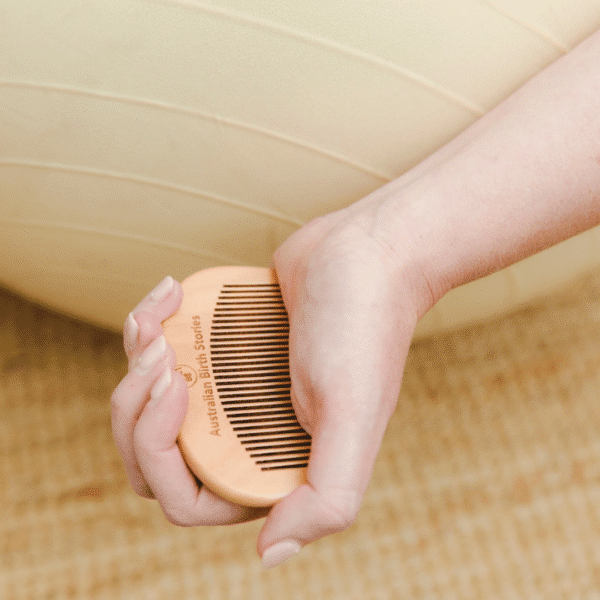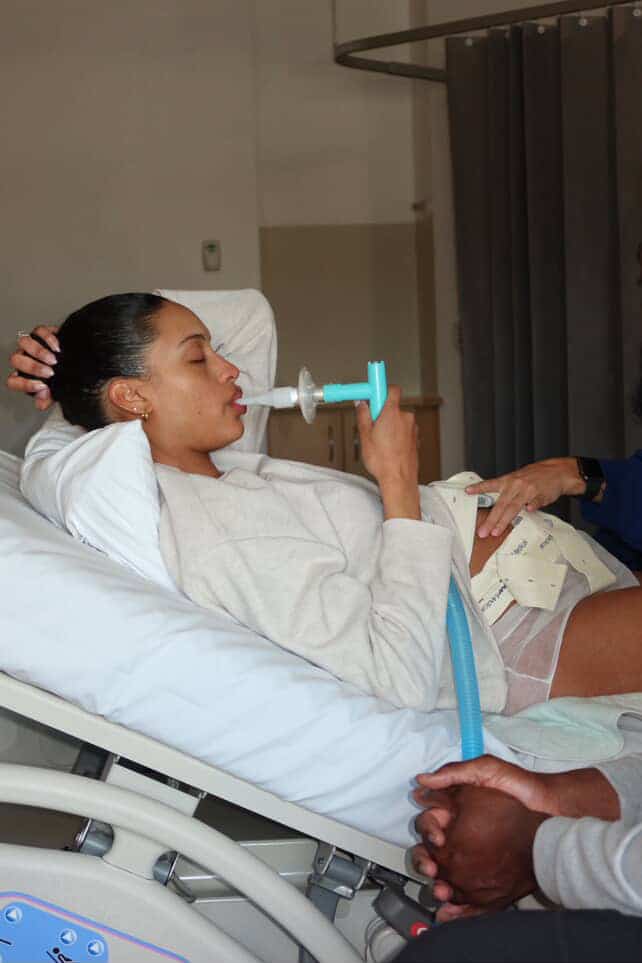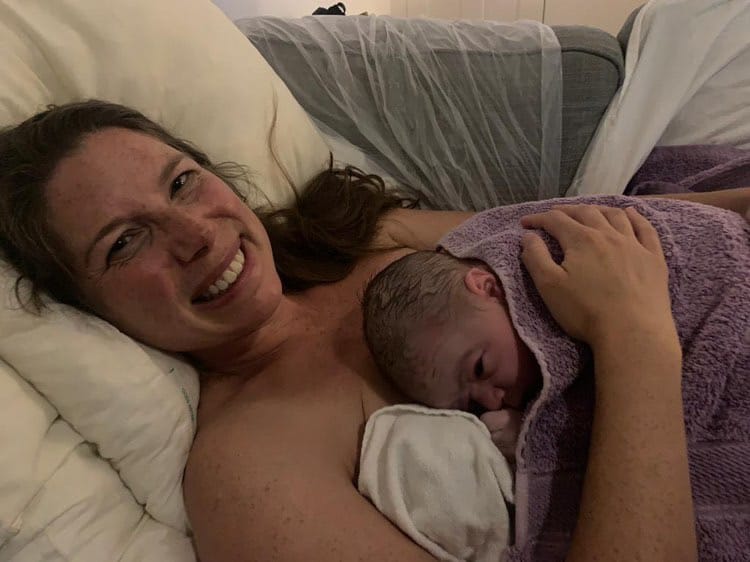Podcasts Serena
EPISODE 305
Serena
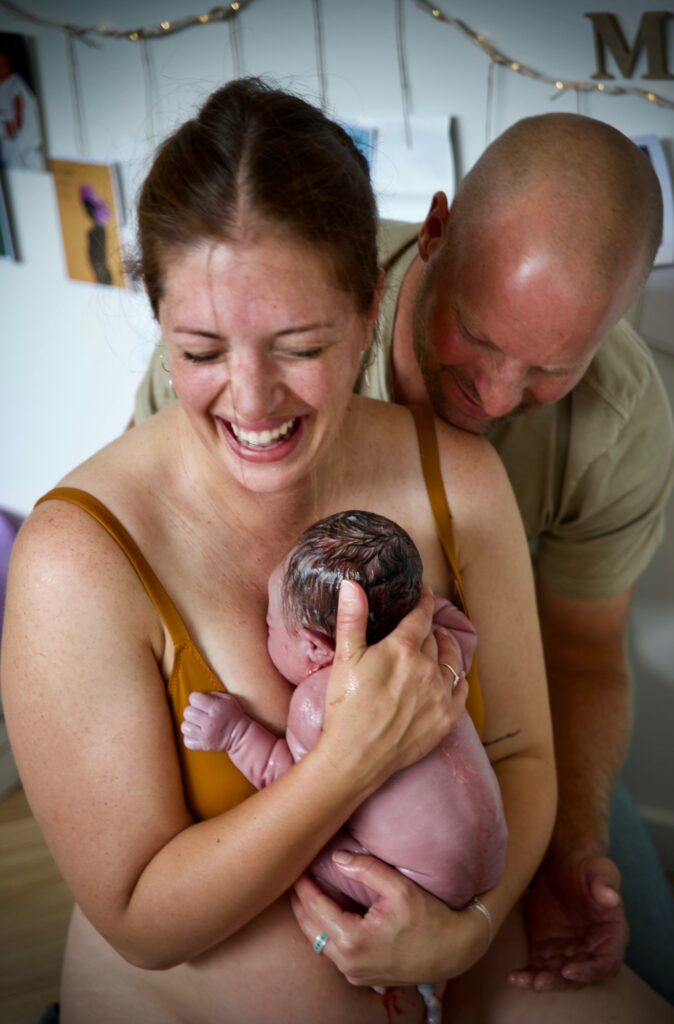
Serena used a fertility tracker to pinpoint her fertile widow and she fell pregnant on the second month of trying. She had persistent nausea with her pregnancy and told her colleagues quite early because she couldn’t hide the fact that she was often running to a bathroom to vomit. She always dreamed of a homebirth and had discussed it at length with her partner and together they decided it was the best option for them.
“I was lucky to get into the Sunshine Hospital home birth programme. The whole pregnancy felt like an out of body experience. I was on call and busy and I worked till 38 weeks and so my job was to focus on the women I was caring for and not bring my pregnancy into their experience. I had to really get in the right headspace for the birth once I finished work but I never felt throughout pregnancy thatI was midwifing myself. Towards the end of my on-call period I just had beautiful birth after beautiful birth which was really inspiring. I was well taken care of and I was only being exposed to straightforward, normal birth and it reminded me that I could do it.
“It’s good for partners, especially partners of midwives, to do a birth education class so they can learn all the things that you may just assume they know. I bought a TENS machine because I’d witnessed so many women who used them and got so far into labour without needing any other support so that was a priority for me. I originally thought I’d have a waterbirth but it didn’t end up that way. I ate five dates a day, I did lots of walking and swimming and every night I listened to my labour playlist and I’d lean over the fitball, practise visualisation and express colostrum.
“You just don’t know when it’s your own body. It was my due date and I’d seen my midwife that day. I had heaps of tightenings but I was prepared to go to 42 weeks like so many first time mums do. But then things really started happening the night of my due date…of course they stopped and I didn’t end up going into labour till two nights later. I was still downplaying it; I’d been so emotional all day, I cried hysterically and I decided the best thing to do was to go to bed early but I couldn’t get comfortable and my early labour contractions were getting stronger and closer so by midnight we went downstairs to get the birth space ready.
“I got in the water but it spaced my contractions out too much and I felt alone in there; I liked being with people and enjoyed touch and massage. I was fully dilated but the baby was still high and my waters hadn’t broken so I did lots of active birth positions to encourage the head down and this went on for about an hour. I got so frustrated so I just squeezed my sac and broke my own waters. I could feel his head just there but then there was two hours of active pushing; I was working hard to get this baby down and out and it got to the point where it felt like I wasn’t moving him beyond a certain point. My sister got my mirror and I used it to help me push but there was one stage where I was thinking about how easy it would be to drive the fifteen minutes to the hospital and use a vacuum to help him out.
“I can’t believe how intense the crowing is, feeling my pelvis bones move open. It was so obvious that I had that opening of my pelvis…itfelt so intense…you get used to it and you start going with it but know I now why women hold back at that stage. But it was also great because I knew I was at the end, the baby was coming out. I was on all fours leaning over my husband, Wilbur, so I picked up Alby from the floor but at that time we were hysterically crying. We were all in tears, it was such a nice moment and then I had a little look and saw he was a boy. I was in such a bubble of oxytocin and then I thought about the placenta and it literally just came out, which was awesome.”
Serena believes that a slow second stage and lots of warm packs helped her avoid tearing. She never had the time or patience for perineal massage even though she encourages all her patients to do it but she felt like it wasn’t right for her and she took that as a sign that she was listening to her body.
“I felt like I was in a good groove caring for Alby but I didn’t do a good job of caring for myself. I only realised I didn’t care for myself post birth when I was pregnant for the second time. I really should have made the time to increase my abdominal strength, rest, do my pelvic floor exercises and see a womens physio.”
Serena had a miscarriage between her boys and talks in detail about the physical pain of it which she admits was much more intense than labour pains. When she fell pregnant with baby Milo, she opted for a private midwife in Geelong and called her as soon as she found out she was pregnant. Her pregnancy was more challenging with a toddler in tow; her pelvis was sore, she regularly saw a chiropractor and she wore a pregnancy support belt.
“Milo’s pregnancy was an endurance marathon and I was really concerned about how I would labour and birth. My mum took Alby when I was in early labour and as soon as he left my contractions ramped up. My friend and sister came over and at 11am I could hear Kylie on the phone to the midwife telling her I was still early in labour. But half an hour later Milo was born. Judy, my midwife, made it just in time. I wanted everyone there, right next to me. I gave two really big, strong pushes and then I panted and breathed him out. It was a huge relief when he was born and it was funny because it was so quick. It felt so surreal. The placenta birthed quite easily but I couldn’t believe how painful the afterpains were, they were so intense, especially when breastfeeding.”
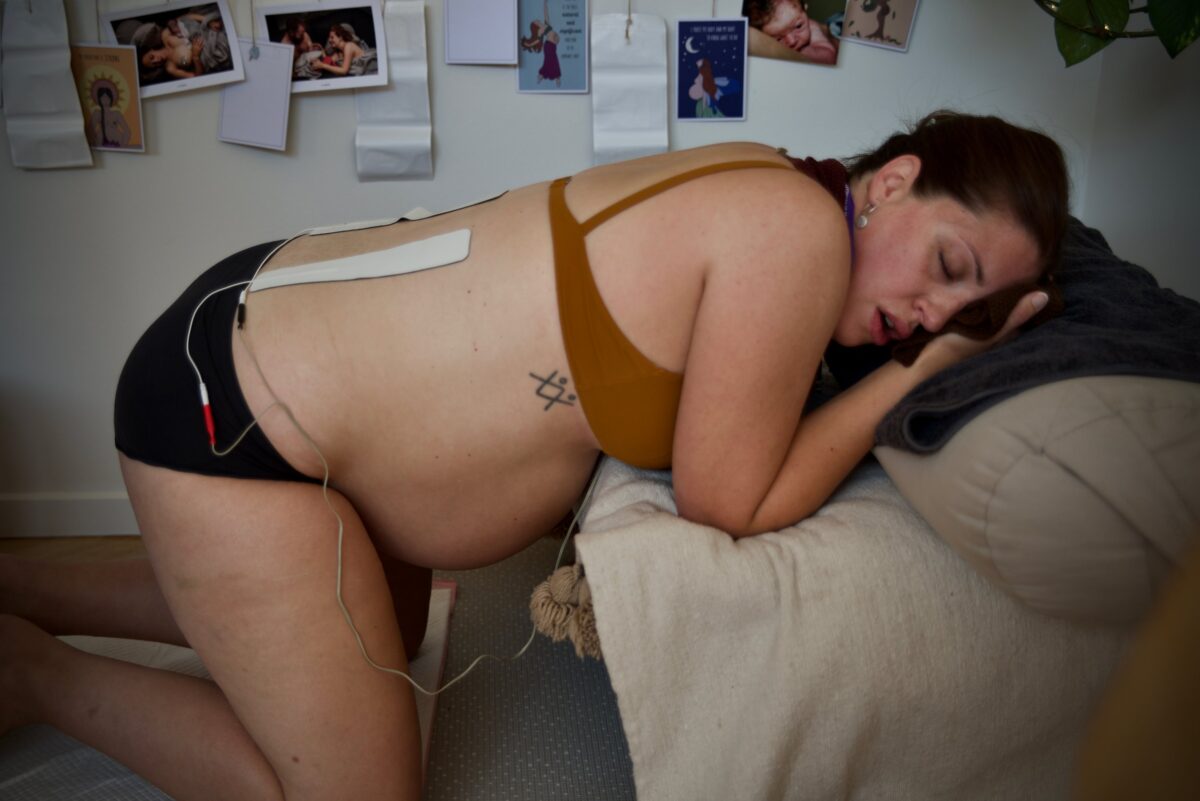
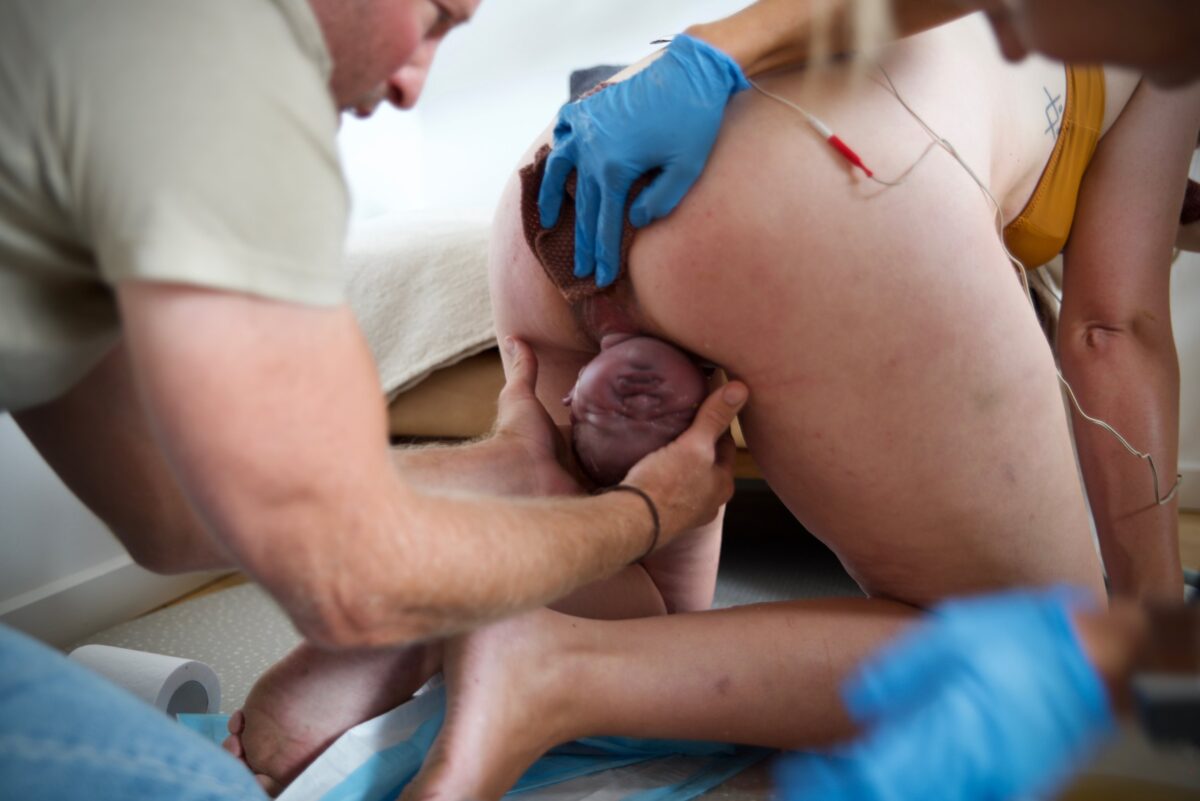

Categories
Related Products
-
Birth Combs: Harness Your Body’s Natural Pain Relief
$24.95Crafted from smooth, natural wood, our birth combs activate specific pressure points in your hands that trigger your body’s innate pain-relieving responses.
Join the conversation
Sign up to get the latest updates, freebies, podcast releases straight into your inbox
@AustralianBirthStories
Follow along with us
@AustralianBirthStories
Follow along with us
@AustralianBirthStories
Follow along with us
@AustralianBirthStories
Follow along with us
@AustralianBirthStories
Follow along with us
@AustralianBirthStories
Follow along with us
@AustralianBirthStories
Follow along with us
@AustralianBirthStories
Follow along with us
@AustralianBirthStories
Follow along with us
@AustralianBirthStories
Follow along with us
@AustralianBirthStories
Follow along with us
@AustralianBirthStories
Follow along with us
